Burns after laser hair removal are one of the rare side effects associated with this treatment. Although the laser is harmless and safe, it is essential to note that incidents of burning may occur either due to skin reaction or improper use of the laser device.
What precautions should be taken to avoid the risk of burns after laser treatment? SSSKIN answers them for you.

How to avoid burns after laser hair removal?: causes and solutions
Burns after laser hair removal can be caused by several factors, including:
- tanning and the use of self-tanning products,
- photosensitizing drugs,
- the type of laser used is not compatible with your skin type,
- prolonged exposure to laser rays,
- the use of pigmented products.
Tanning and using self-tanning products
Tanned skin is more prone to laser burns. We explain why and how. First, you need to understand how laser hair removal works. Laser energy is attracted to the melanin in the hair. So, when you expose your skin to excessive sun or use self-tanning products, it can stimulate the production of melanin, in other words, give a tanning effect. And when the skin is tanned, the laser energy risks confusing the melanin in the hair with that in the skin, thus causing the formation of brown spots, or in the worst case, burns.
What is the solution? You should avoid sun exposure and UV sessions and using self-tanners 14 days before and after each laser session.
If you are going to be in the sun, follow our advice for protecting your skin from the sun during your laser hair removal!
Photosensitizing drugs
Certain medications and products should also be avoided before laser treatment.
Tanning enhancers such as beta-carotene capsules that tan the skin may also cause burns.
Photosensitizing medications such as antibiotics, anti-inflammatories, dietary supplements, anti-acne medications and essential oils present a real risk of laser burns.
What to do? You must stop taking these medications within two weeks or even months (depending on the type of medication) before your laser session. Do not hesitate to give your therapist the list of medications you are taking so that he or she can give you the necessary instructions to avoid any risk.
Find here all the medications prescribed during laser hair removal!
The laser device is incompatible with your skin type
If the laser settings are incorrectly adjusted or the laser device is not suitable for your skin type, the laser may overheat your skin to the point of burning it.
What is the solution? Make sure the clinic you choose for your permanent hair removal is equipped with a laser that is suitable for your skin tone. At SSSKIN, we use the latest type 4 hybrid diode laser, ideal for light, dark and black skins.
We tell you everything here about diode laser hair removal!
Prolonged exposure to laser rays
Exposing the skin to the laser for too long can cause burns, especially if the laser device does not have an effective cooling system that minimizes the sensation of heat when in contact with the rays.
What is the solution? Here again, choosing a laser equipped with a high-performance cooling system allows the area to be cooled and eliminates any risk of burns. But that's not all! It is important that professionals practicing laser hair removal are trained in the proper use of the laser.
Use of pigmented products
Pigments in cosmetics, permanent makeup and tattoos can be targeted by laser beams and cause burns.
What to do? Before each session, the skin must be cleaned of any pigmented products such as headlights, foundations, and in case the areas are covered with permanent makeup or tattoos, the therapist must cover these areas so that they are not touched.
If you follow these precautions, the risk of burns will be very minimal.
What do burns from permanent laser hair removal look like?
The burns caused by laser hair removal vary depending on the laser head used and the intensity of the energy delivered. You may see a reddish spot on the treated area that then turns brown. But if the burns are more or less severe, you may see blisters appear.
With proper care and management, burns can disappear after 10 to 15 days and the skin will regain its smooth, natural appearance.
At SSSKIN, you are in good hands!
An important factor to take into account to prevent the risk of burns is to choose your permanent hair removal specialist carefully.
Entrust your hair removal to a qualified technician trained in laser care. At SSSKIN, our therapists are trained to ensure that the laser parameters are correctly calibrated according to your skin type and that the treatment is carried out in the best conditions to avoid any risk.
If you have any concerns about burning, book a free initial consultation session with one of our therapists to discuss your needs and do a patch test to assess how your skin tolerates laser hair removal treatment.


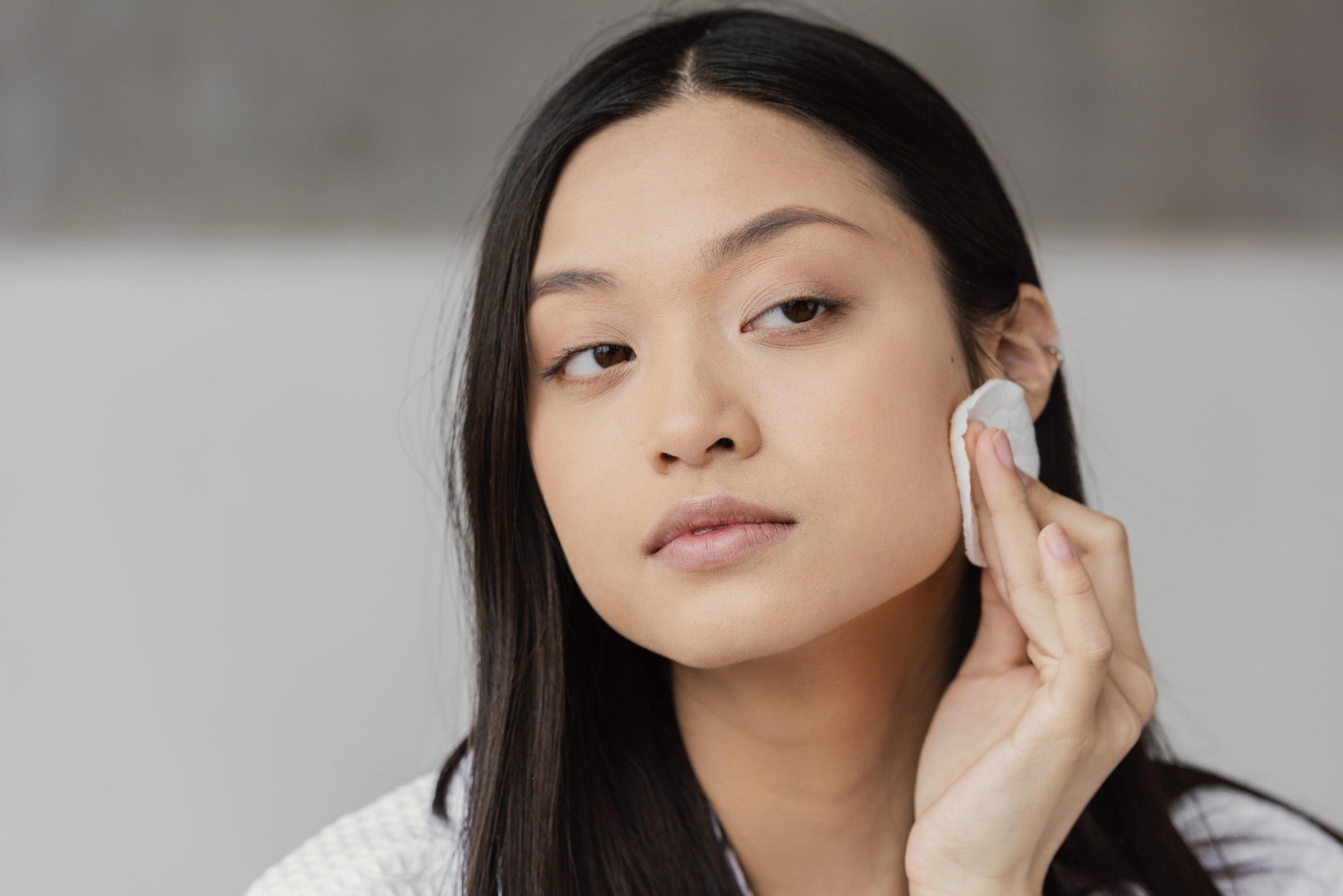
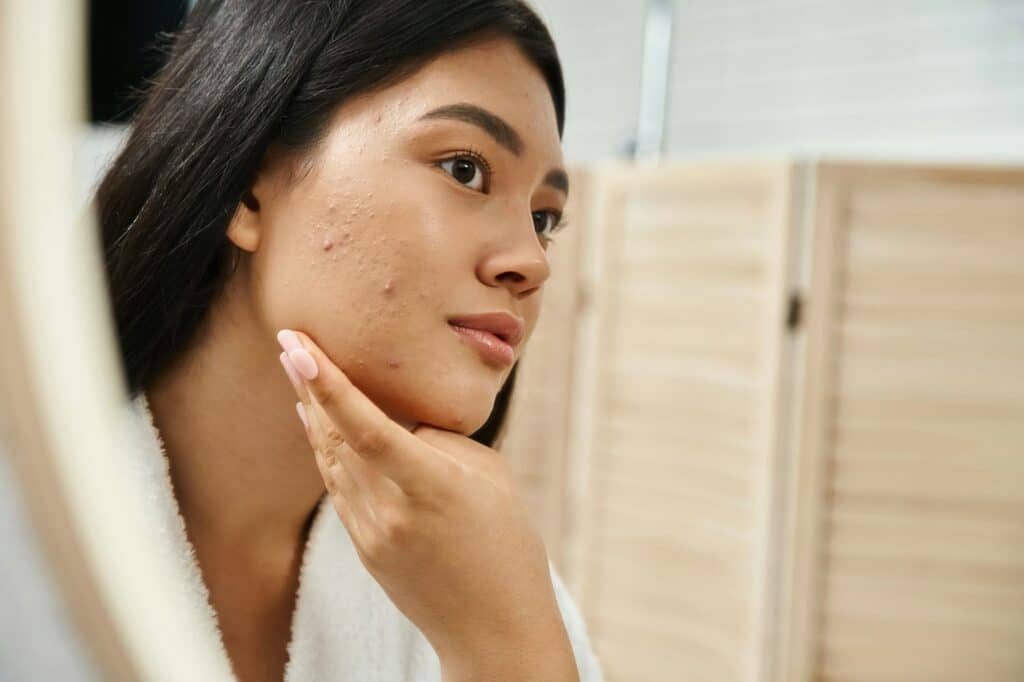
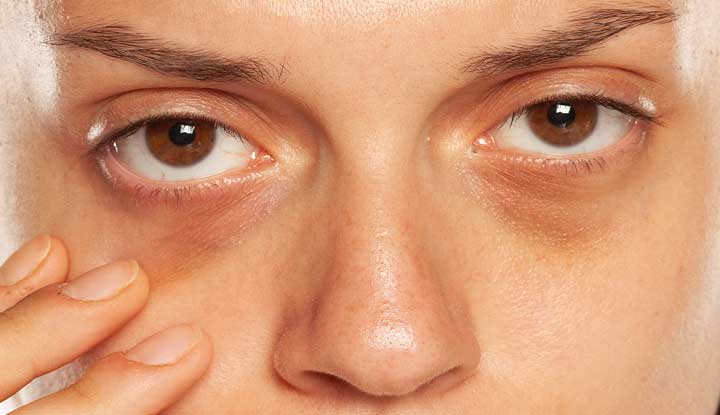

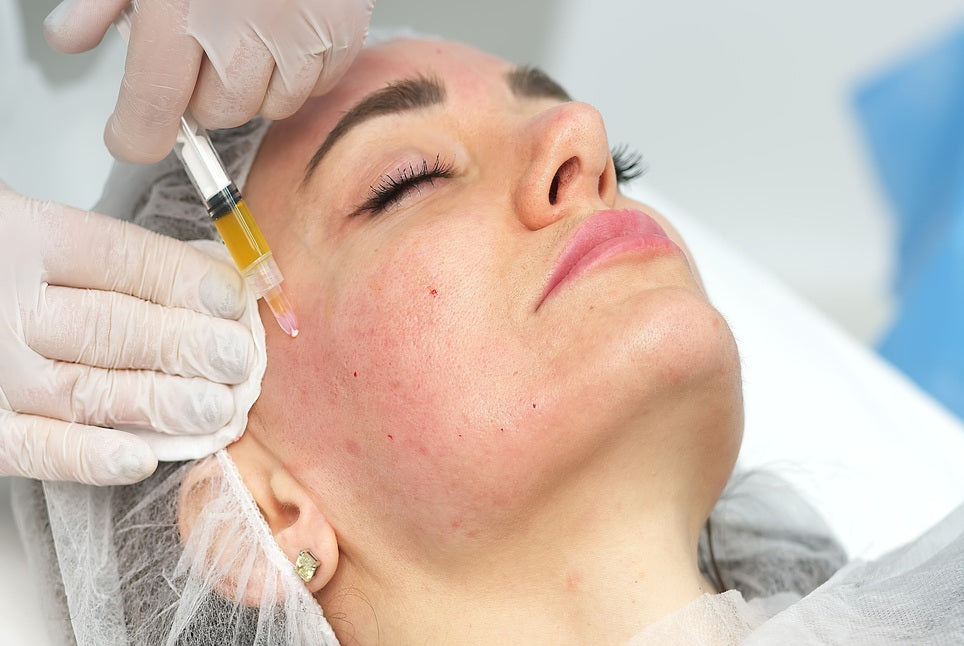
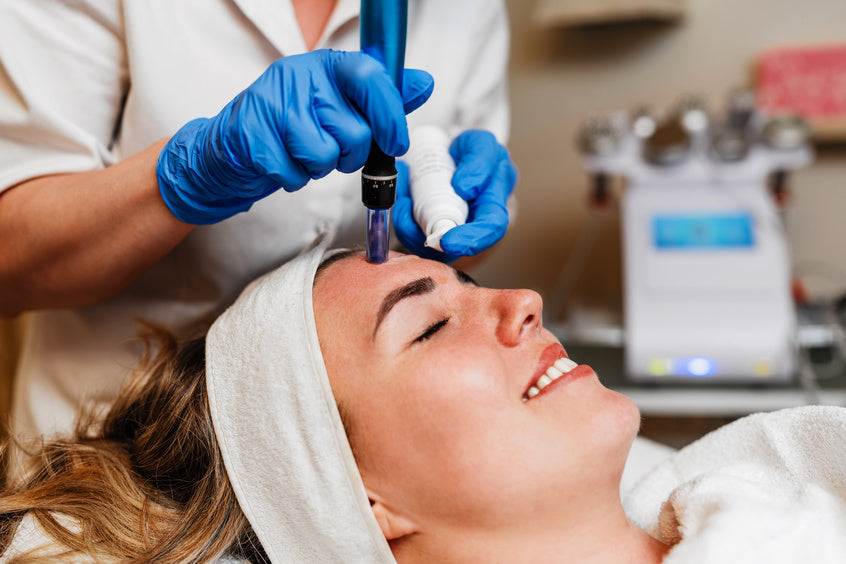
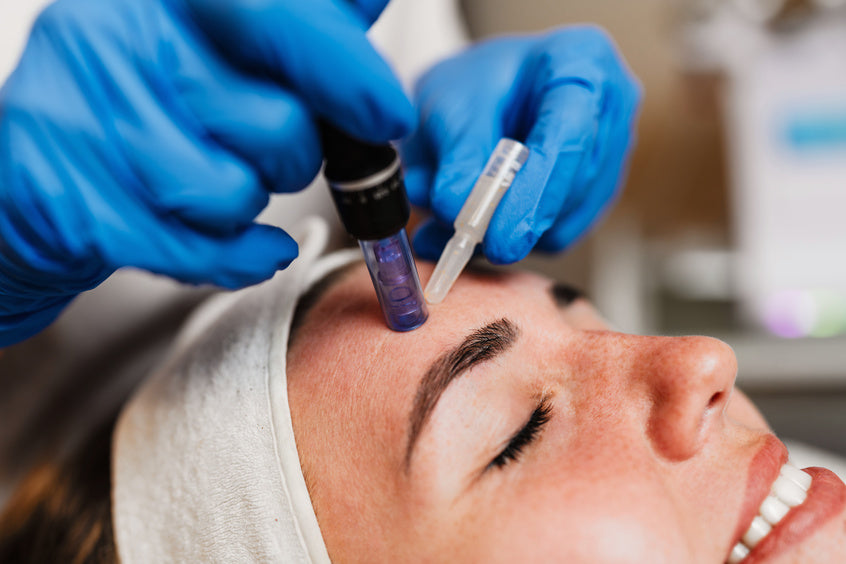
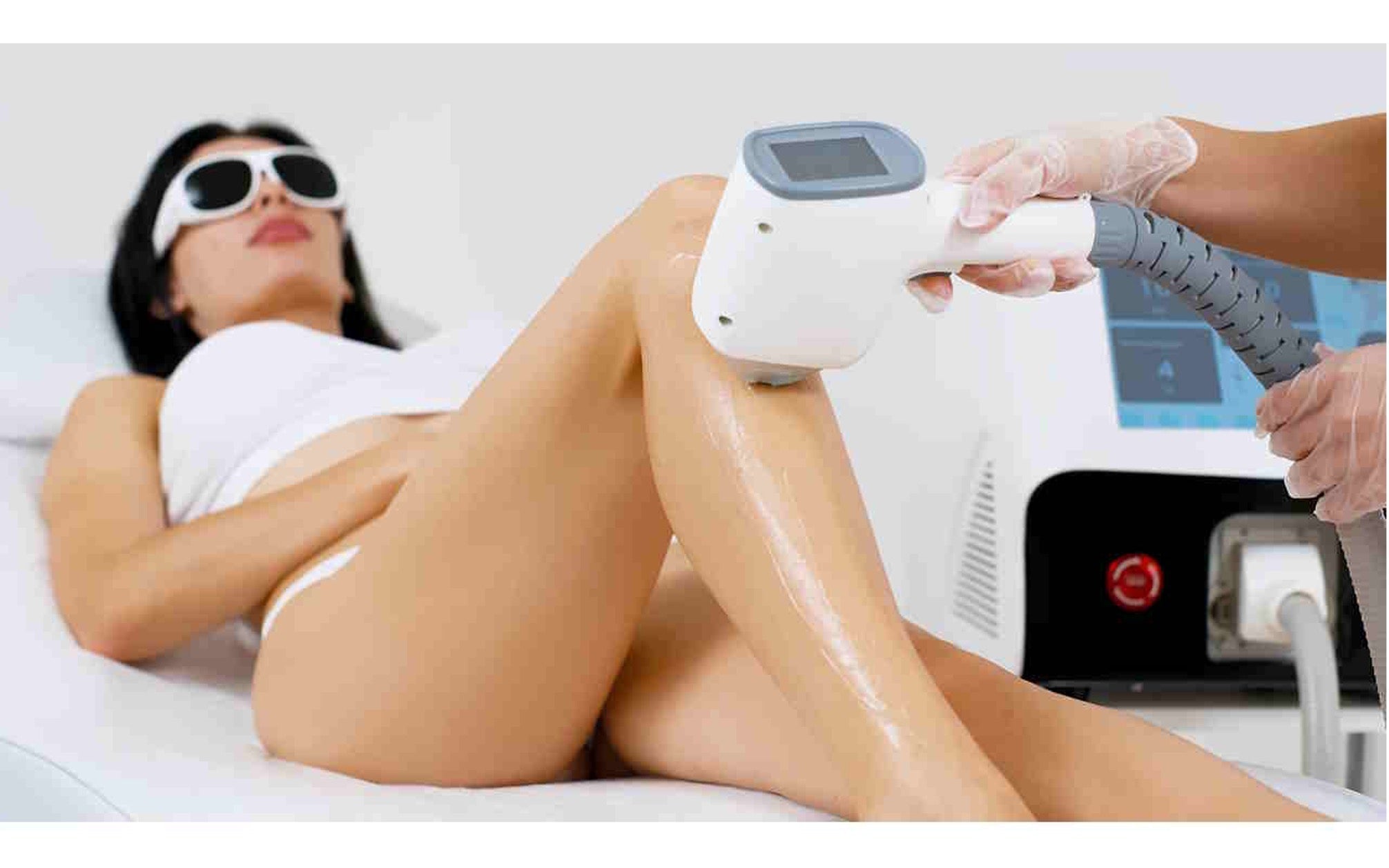
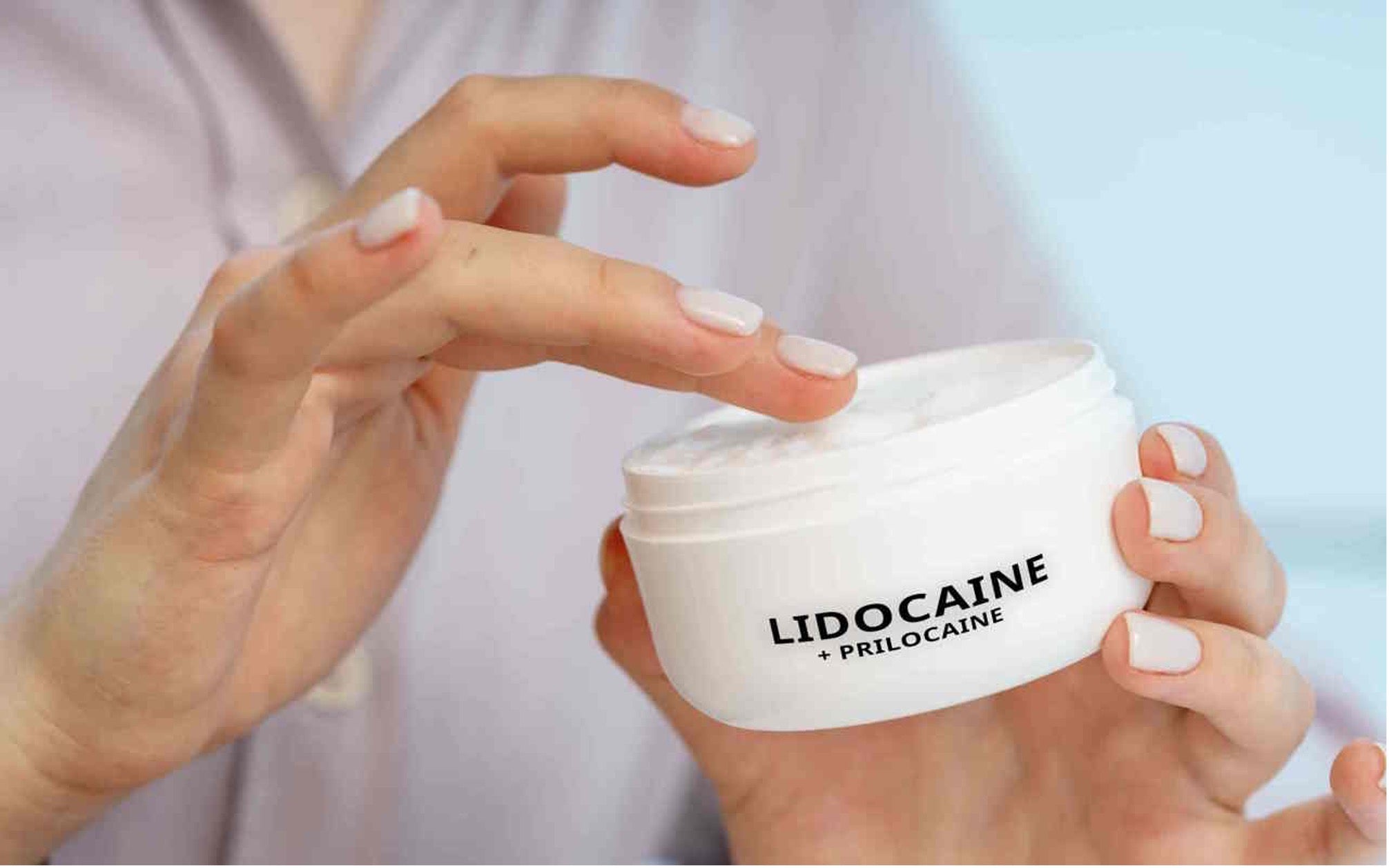
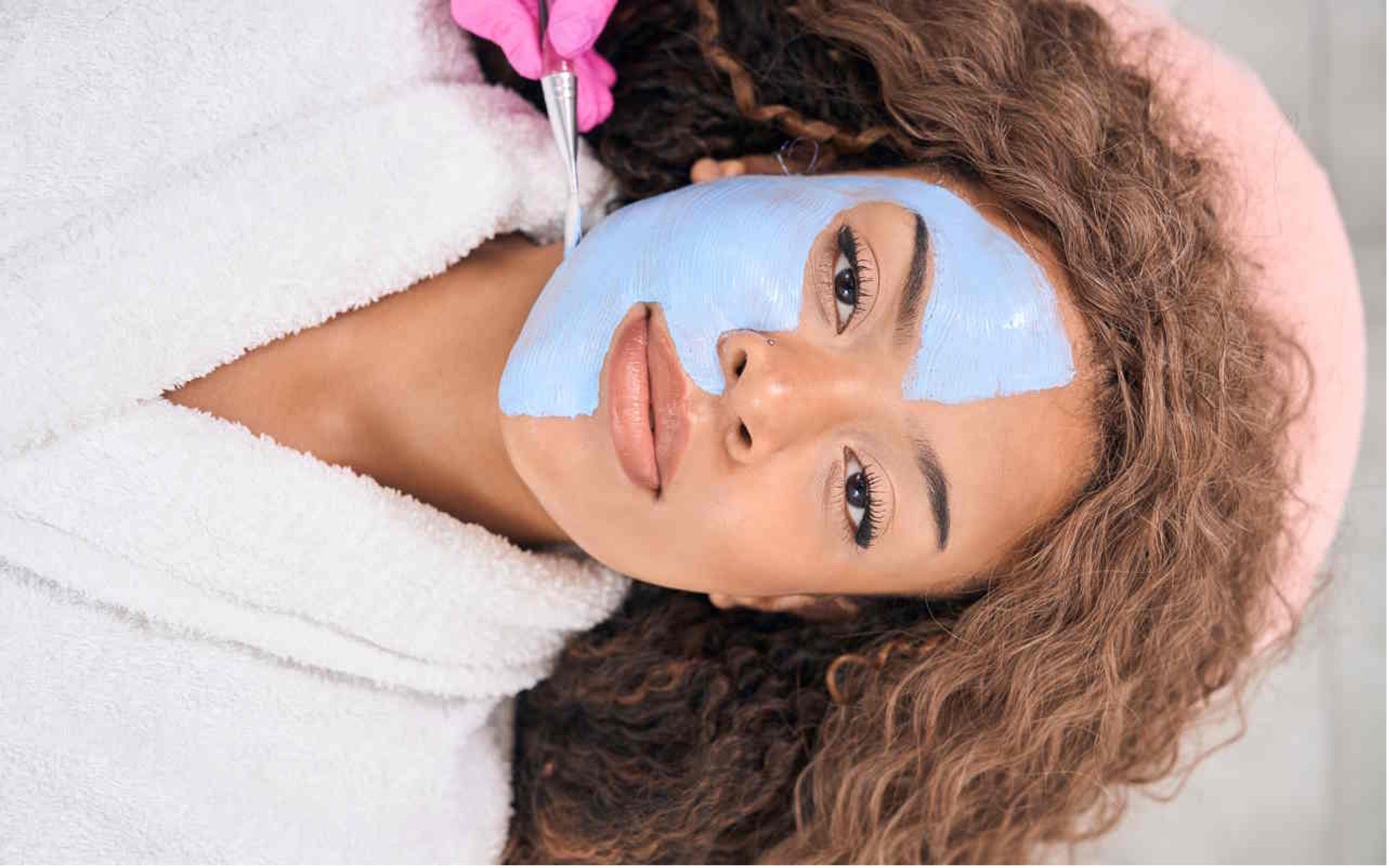
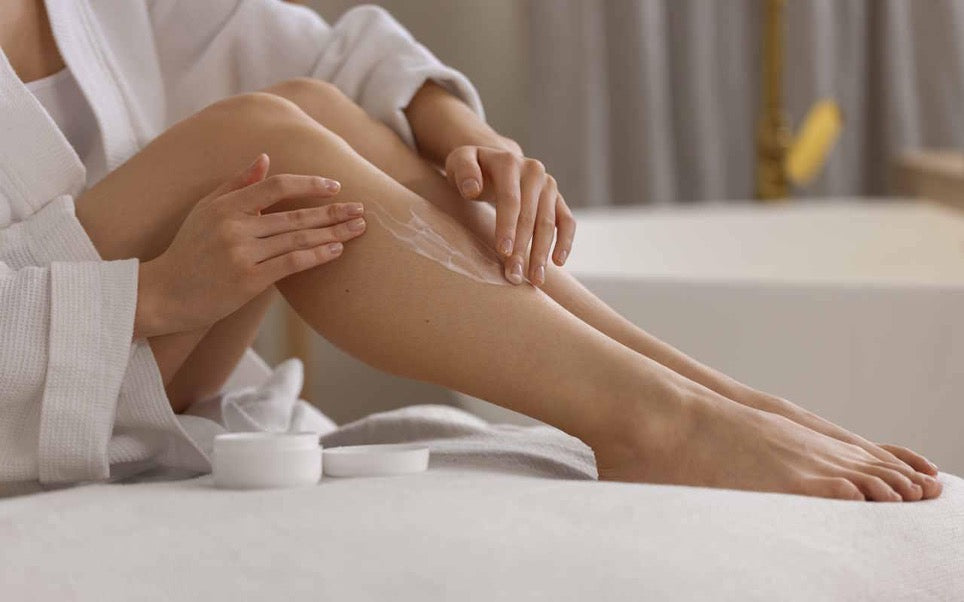
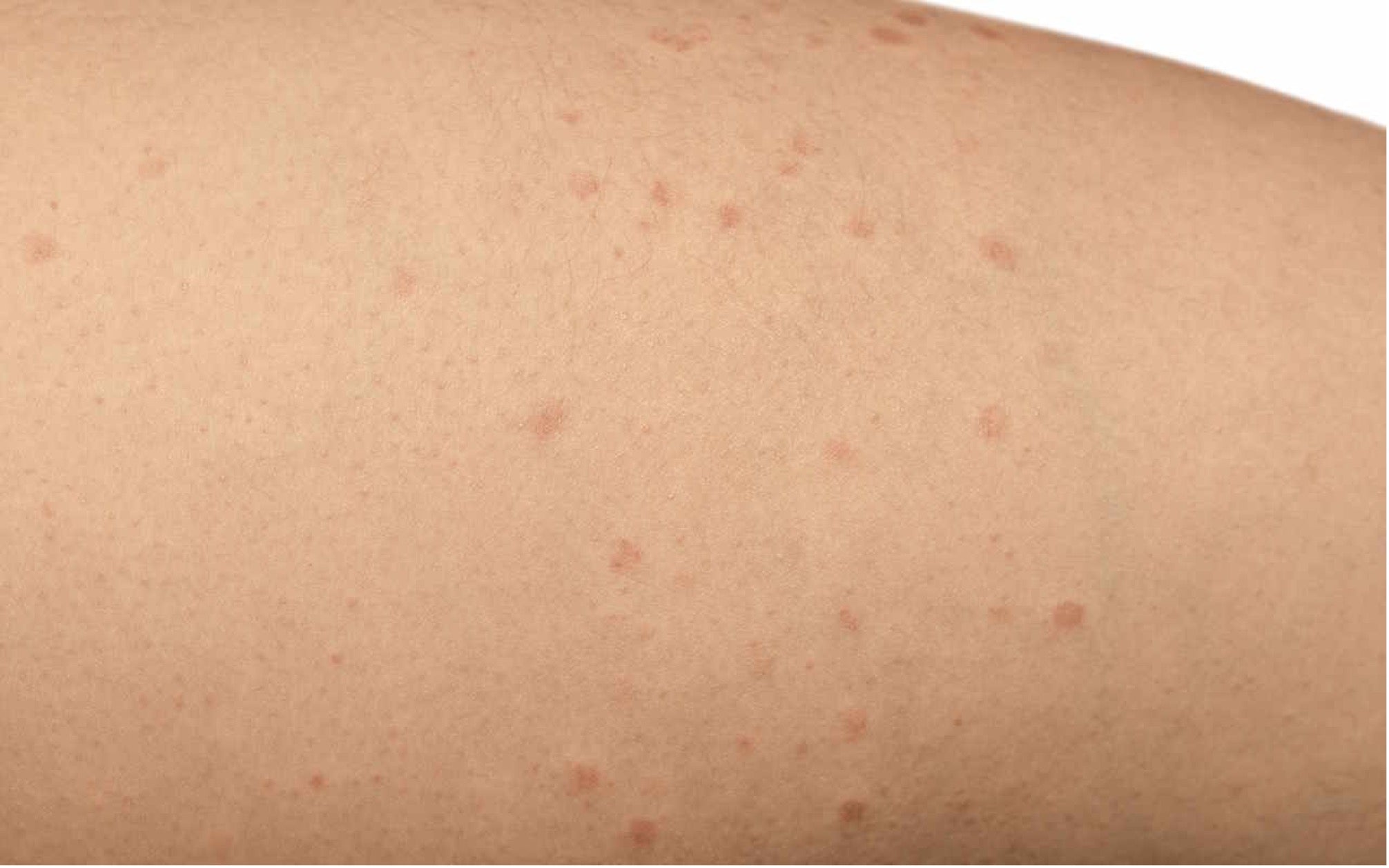
Share: